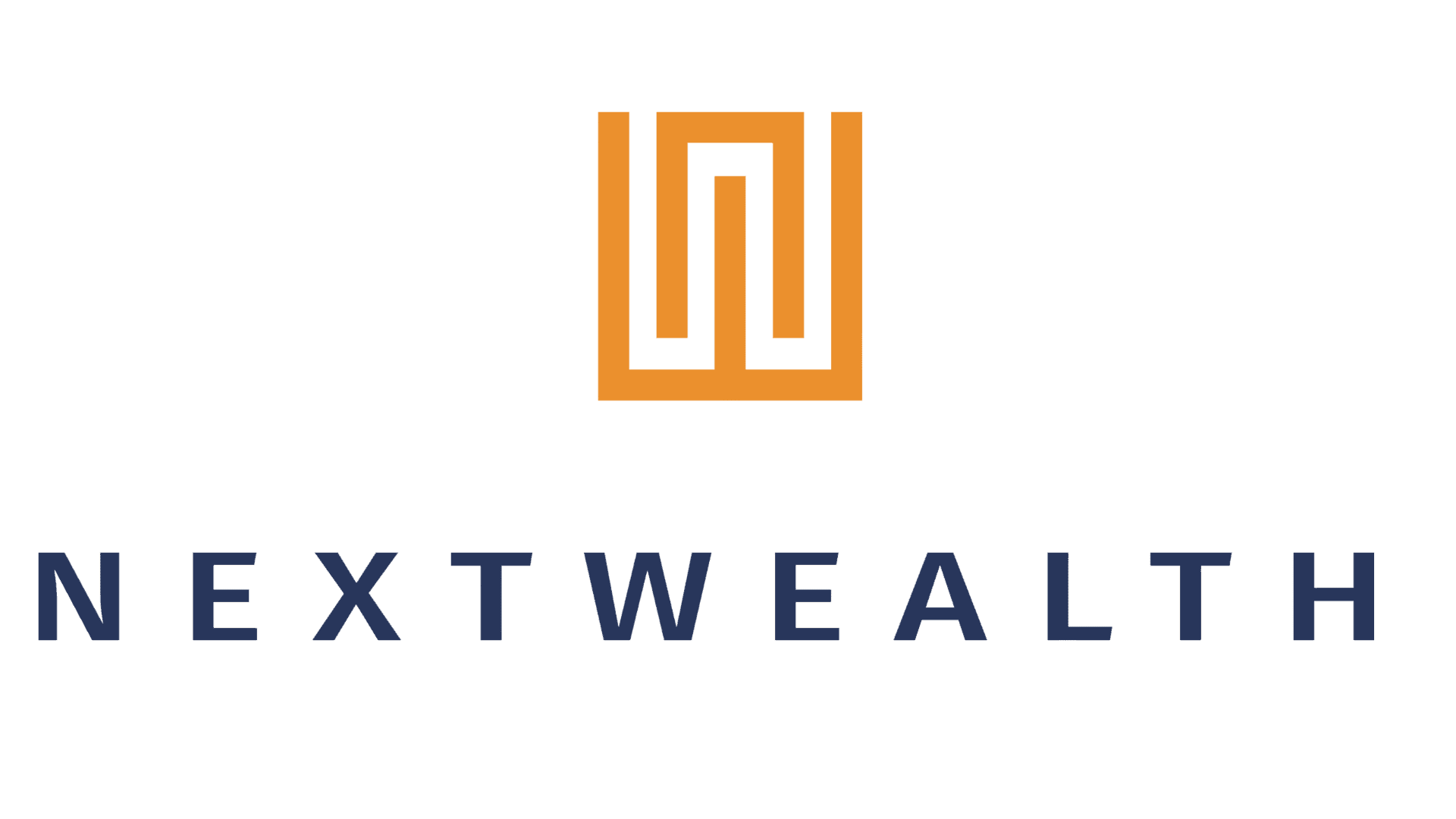Looking to the future: Business models for retail wealth management
By Next Wealth | 13 October 2021 | 2 minute read
We’ve been thinking a lot at NextWealth about future business models for retail wealth management. Our analysis suggests that the biggest disruption will happen in distribution and administration. So far this is coming at a cost to customers.
We estimate that over the next three years about 12% of existing adviser platform assets will move away from current platform providers toward solutions that are more bespoke for the financial adviser, in particular advisers that are becoming platform operators. This shift in admin systems is really just the first step toward full vertical integration as firms take more control of the investment proposition and client journey.
The ripples will be felt across the industry.
- Large financial advice firms will have the scale to command preferential pricing from asset managers, driving down cost for their customers.
- These firms will also have the tech resources to stitch together the data and tech stack to reduce risk and drive operational efficiency.
- Fund selection will be further centralised and price will become an increasingly important factor driving choice.
- More large firms are emerging, accelerating these changes
This, at least, is the idea behind the trends. But the situation looks a bit different in practice. The evidence so far suggests that large firms are in fact charging clients more on average — in particular for the investment proposition and advice. Why?
The easy answer is, because, well, they can. The reality is that no one has actually proven that advice is a scalable business. The other open secret is that consumers don’t seem to be motivated much by price when it comes to investing. Their eyes gleam at return percentages but glaze over the cost in “bps.”
Our recent Financial Advice Business Benchmarks report with the PFS documents the premium that customers pay when they invest through an adviser working in a larger firm. The following image shows the average fee paid by size of firm. Clients of large firms pay a 16 bps premium compared to average when these costs are aggregated.

We’ll be discussing future business models and what’s next for advice, tech and the product at NextWealth Live on 22 March 2022. Don’t miss out – and participate in the community after a trying couple of years. You can buy your ticket and get further details here. Fees aren’t the same as value but they are among the most measurable and important inputs to the equation. Large firms will need to work harder to keep the customer at the heart of their businesses.


